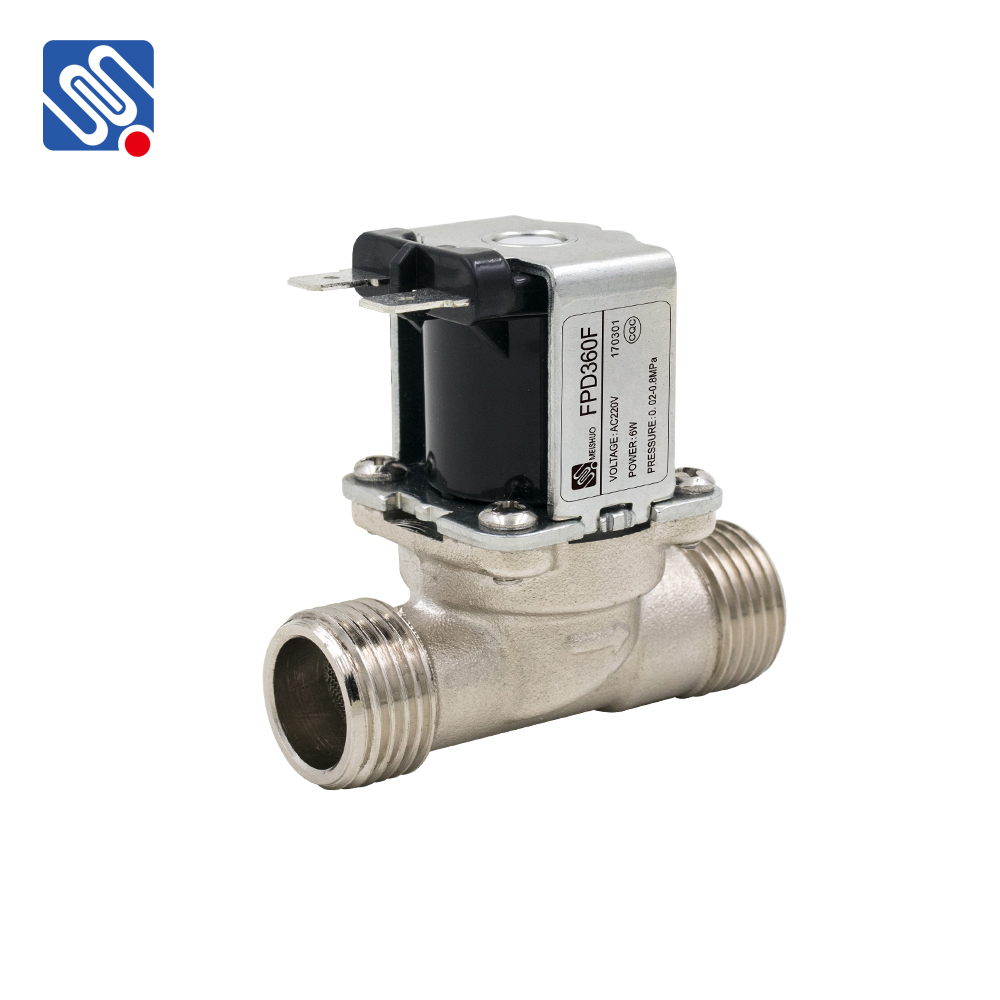A Direct Acting Solenoid Valve is a critical component in numerous fluid control systems, offering simplicity, efficiency, and high reliability. Unlike indirect solenoid valves, which require external pressure sources to aid their operation, direct acting solenoid valves work purely based on electromagnetic force. This article delves into the characteristics, working principles, applications, advantages, and limitations of direct acting solenoid valves.

Key Features of Direct Acting Solenoid Valve A direct acting solenoid valve is designed to control the flow of gases, liquids, or steam by opening or closing a valve orifice in response to an electric current. Its core advantage lies in its simplicity and the absence of dependency on external pressure sources. The valve features a solenoid coil, a plunger, a spring, and a valve seat. These components work together to facilitate the opening and closing of the valve. One of the primary features of the direct acting solenoid valve is its ability to function with minimal pressure differential. This makes it particularly suitable for small-scale systems and applications where a low-flow rate is involved. It can also handle a range of fluid types, making it versatile across various industries.